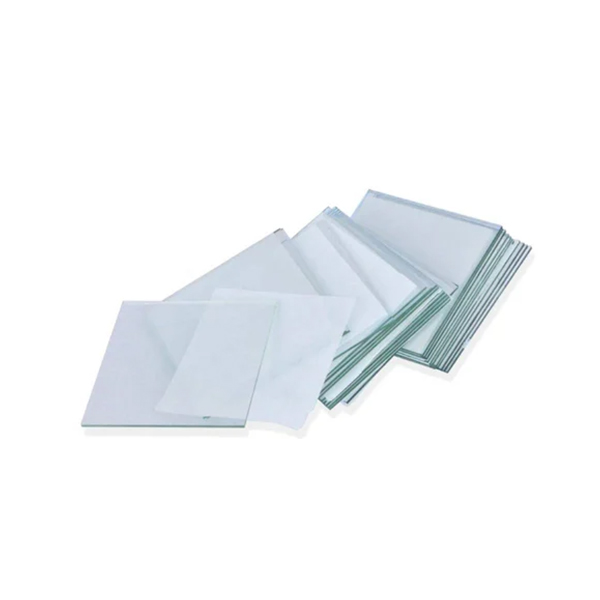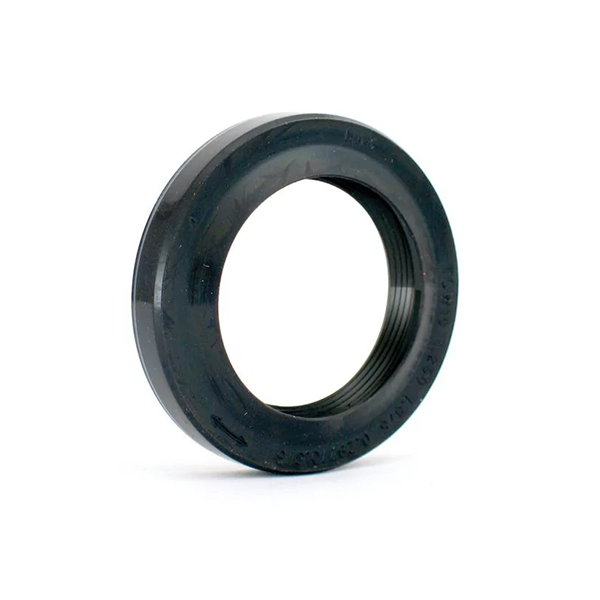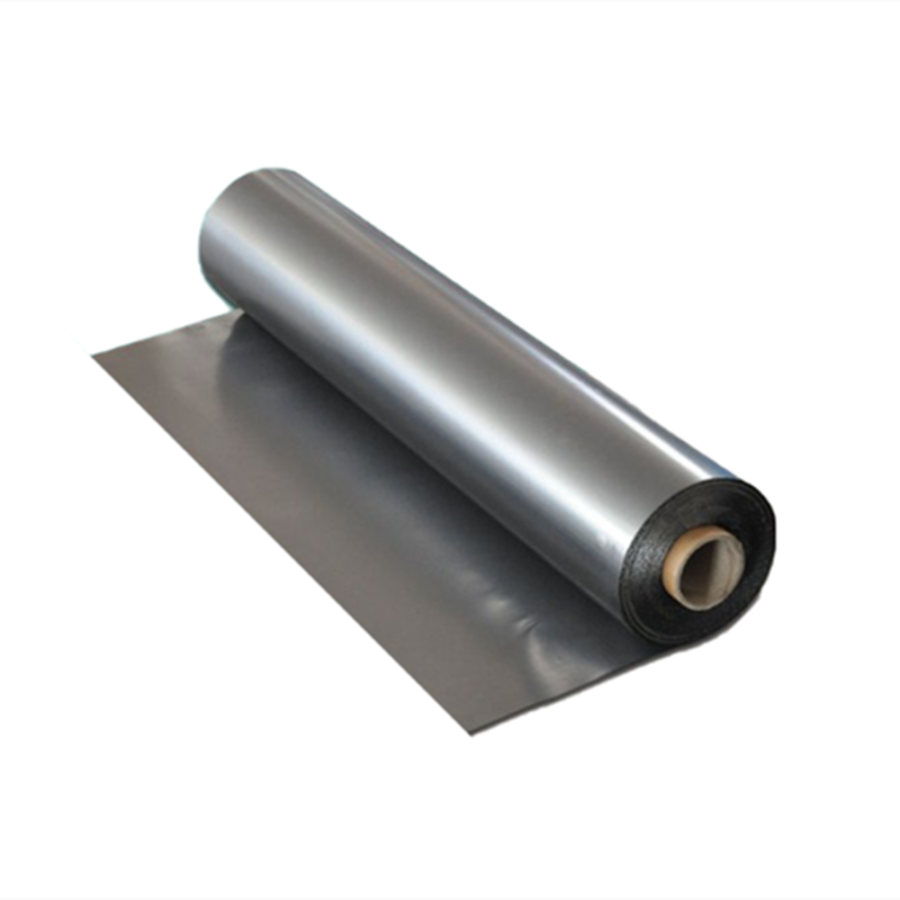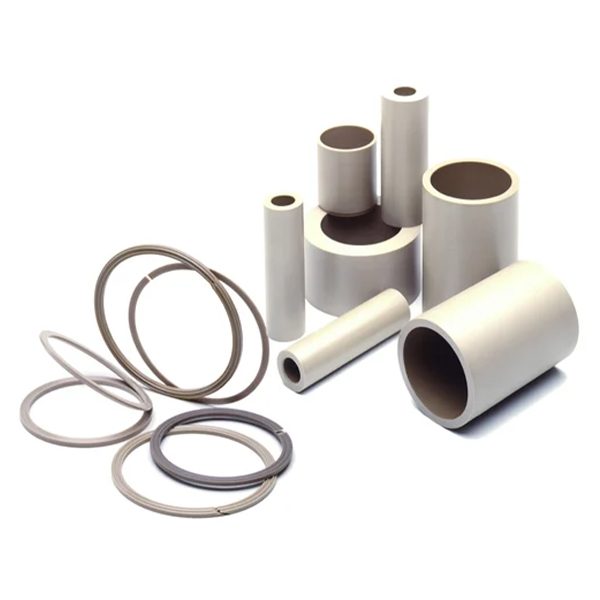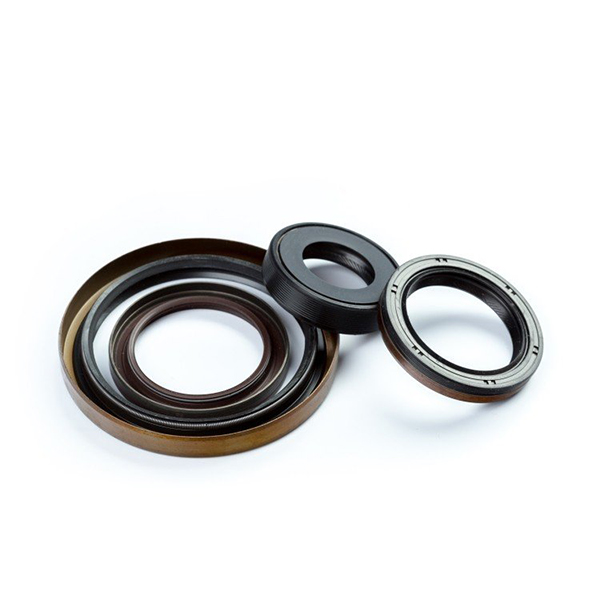Description
Glass Slides
Glass slides integrated into engineering plastics serve as a unique material combination for enhancing mechanical properties and conductivity. Glass fibers or glass particles incorporated into plastic polymers offer increased strength, rigidity, and thermal stability while improving their electrical conductivity. These materials are increasingly used in specialized applications that require the combination of plastic’s flexibility and the strength and conductivity of glass.
Key Features:
Enhanced Strength and Rigidity, offering superior mechanical properties and dimensional stability
Electrical Conductivity, achieved by integrating conductive glass materials into plastics, ideal for electrostatic dissipation (ESD) or shielding applications
Thermal Stability, providing resistance to high temperatures and making the material suitable for high-heat environments
Lightweight yet Strong, combining the benefits of plastic’s lightweight nature with the strength of glass reinforcement
Improved Durability, increasing wear resistance and the overall lifespan of the material
Increased Impact Resistance, providing improved performance in tough environments or applications requiring high mechanical load tolerance
Corrosion Resistance, offering resistance to chemicals and moisture, which increases the material’s longevity in aggressive conditions
Industrial Applications:
Electronics and Electrical Engineering – Used in the construction of circuit boards, connectors, and other electrical components where conductivity and durability are crucial
Automotive – Applied in automotive parts that require both structural integrity and electrical conductivity, such as in wiring systems or ESD-sensitive components
Aerospace – Employed for parts in aerospace applications where the combination of lightweight, conductivity, and strength is needed for structural or electrical components
Industrial Equipment – Common in machinery, sensors, and control systems, where electrical dissipation or conductivity is necessary
Energy – Used in power systems and renewable energy technologies for components like capacitors, batteries, or other devices requiring both mechanical and conductive properties
Telecommunications – Utilized in cable insulation and connectors, providing a balance of electrical performance and physical strength in telecom equipment
Medical Devices – Used in medical instruments and diagnostic equipment where electrostatic discharge or conductivity is required in combination with mechanical properties
Construction – Found in components of smart buildings, including wiring systems, shielding materials, or reinforced structural parts designed to conduct or dissipate electricity

